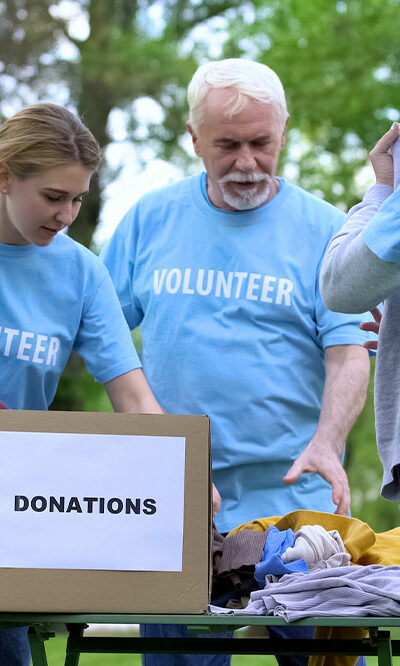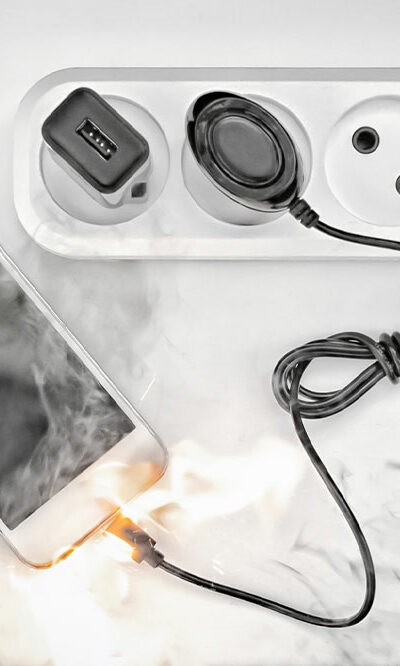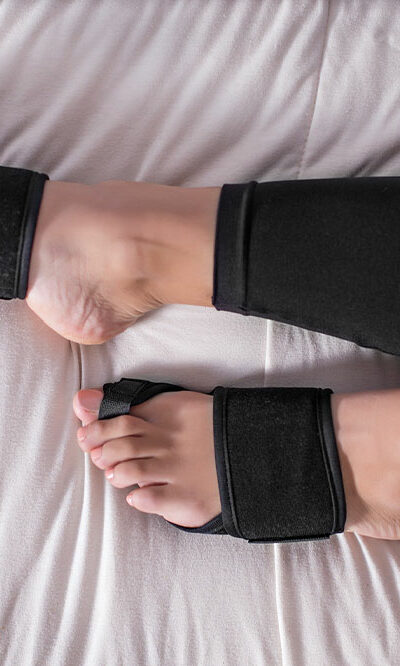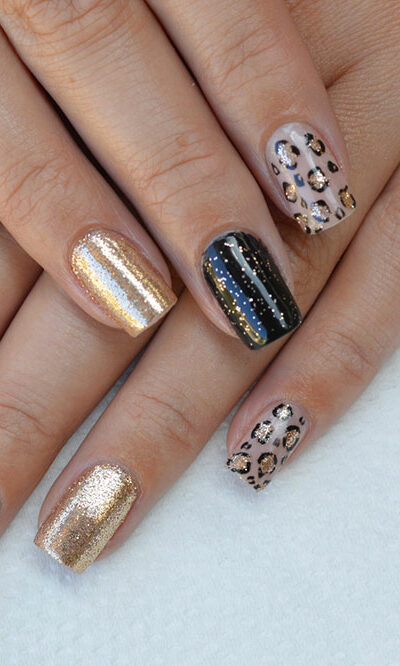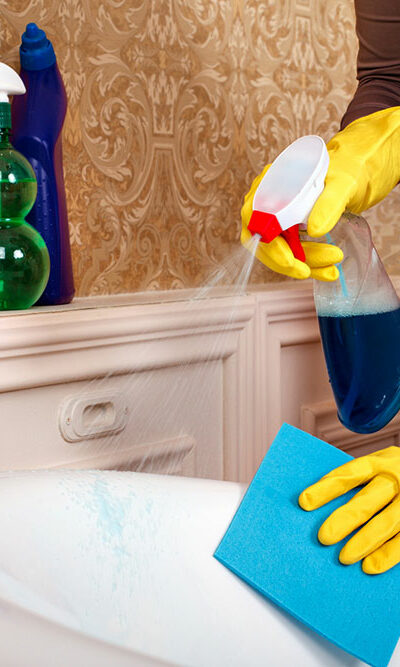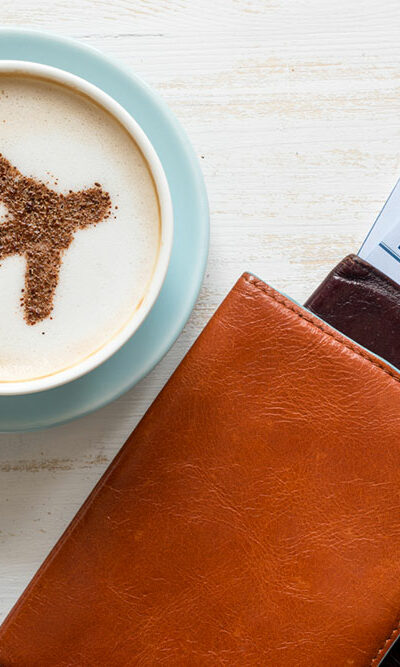
Avoid these 3 foods to boost gut health
Our body is home to tons of different microorganisms and bacteria. Most of these bacteria reside in our gut and are known as the gut microbiome. The gut microbiome is essential for absorbing nutrients, supporting the immune system, and maintaining the body’s overall health. This is why it is crucial to know which foods to foods could harm your gut health. And one must avoid such foods at all costs to improve overall well-being. Artificial sweeteners Artificial sweeteners and flavors are found in various processed foods. But, when we consume the latter, the former does not break down in the body. Instead, they leave the body undigested and affect the microorganisms in the gut, leading to gas, bloating, and diarrhea, which may be severe based on how much sweetener you have consumed. Studies have also found that consuming artificial sweeteners increases the risk of developing harmful gut bacteria such as E. coli and E. faecalis. When purchasing foods off the shelf, ensure that the foods do not contain artificial sweeteners such as Stevia, sucralose, aspartame, and saccharin. Fried foods Fried foods are unsuitable for the body’s overall health and can affect gut health negatively. Fried and oily foods are more difficult to digest than organic foods. Not to mention fried foods also typically contain excessive oil, which contains saturated and trans fats that are difficult to break down, eventually leading to gas, stomach ache, diarrhea, and other symptoms. Excessive saturated and trans fats can also harm the body’s cardiovascular health and put you at risk of heart failure, heart attacks, stroke, and other secondary conditions. Meat Red meats such as steaks, bacon, and pork are rich in a compound known as L-carnitine. This compound can alter the bacteria in the gut leading to poor gut health. This alteration can also lead to the development of a substance called trimethylamine N-oxide, more commonly referred to as TMAO.
